Trekking in Nepal is now possible all year round. Everest Base camp offers magnificent views of Mt Everest, ice-fall, glaciers, striking landscape, and varieties of flora and fauna in Sagarmatha National park. The Everest region is full of stimulating trails, changeable risks, huge mountains, dramatic sights, and mesmeric experiences.
Things to consider before Everest Base Camp Trek- Season & Packing Info Updated 2023
Table of Contents
Best Season to Hike Everest Base Camp
There are two different trekking seasons. The flawless months to trek to Everest base camp are pre-monsoon (Late February, March, April, and May) and post-monsoon (late September, October, November, and December). Whether the trek is done by seniors, beginners, or whoever, the best times are these only.
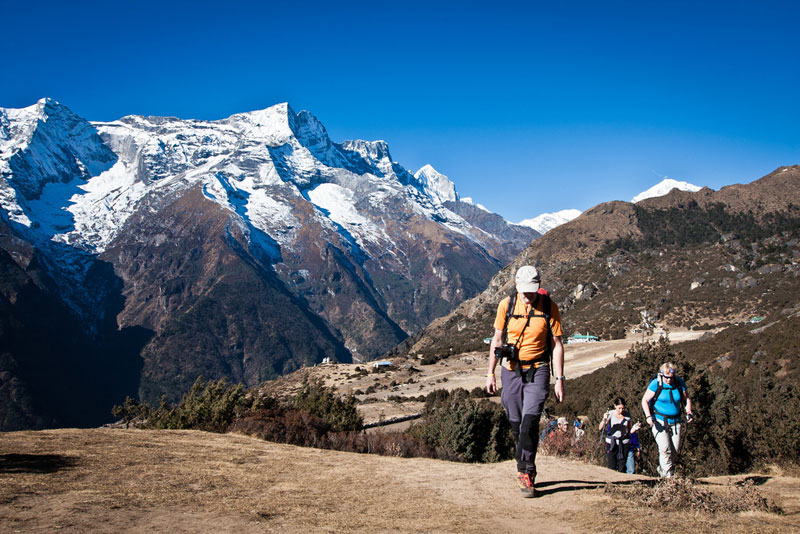
February begins the spring season and the end of the winter season. The temperature during this month drops down and wind speed changes. We guarantee that you will never remorse to trek Everest Base Camp in February. The grass and trees on the hill go green and flowers are likely to blossom in March. Trekking Everest Base Camp this month is famous for the spectacular view of the snow-covered mountain and blooming rhododendrons on the hill.
The perfect time to trek Everest Base Camp is in April. This month offers a satisfactory climate which is perfect for sightseeing the charming beauty of nature. The Everest Base Camp trek in April also provides an unbelievable view of the largest glacier well-known as the Khumbu Glacier and a close view of the Milky Mountains.
The month of May might be a good time for a remarkable and memorable trekking experience of your lifetime. May begins in summer and ends in spring. Climate is still honorable, and the sky is clear which makes the trek more interesting and mesmerizing. It offers breathtaking sunrise and sunset views over the Himalayas.
Everest Base camp trekking in September is the finest time for trekking in the Himalayan region. The Autumn season is considered to trek Everest Base Camp for a crystal clear view of the mountains. During September, days are warm, and nights are a bit cold. It helps to make the trek easier, calm, and risk-free.
In October, you can visit the Khumbu region as it provides a superb view of snow-covered mountains, green hills, and fresh air. October is the month of peak trekking season where the climate of the Everest region is changeable, but it doesn’t affect the trek.
In November, with an amazing experience, the different views of landscape, nature, snowcapped mountains, and cultural and traditional diversity. There is no risk of snowfall, rainfall, and bloodsuckers too. Also, December is a good time to trek Everest Base Camp.
Before you leave for your trip to Everest Base Camp it is good to understand what time of year you are traveling in what kind of terrain you are going to hike, what type of climate you are facing, and what kind of experience you will get. This all helps you get to prepare for any kind of conditions you are going to face. You will be able to get a lifetime experience if you make up your mind before you leave for trekking to any destination.
Join the cheapest Everest Base Camp Trek with us.
Everest Base Camp Trek Packing List
The most important thing to consider going to the Everest Base Camp Trek is its packing list. We have found many trekkers sometimes over-packing. This affects firstly the flights. As you cannot carry more than 15kg with you during the Lukla Flight which as a whole includes your luggage and hand carry. Secondly, if you overpack your stuff then it will of course be hard for you to carry throughout the trek. Especially, while going from Phakding to Namche there is a steep hill which will no doubt pull your bag downwards. Similarly, there are other dangerous uphills like Tyangboche as well as the way from Lobuche to Gorakshep. So, be sure not to overpack.
The next kind of trekkers that we have found is underpacking their stuff. This will be the major issue on the trek. You see, the Everest region is a completely mountainous region lying in the North of Nepal. It will be cold almost throughout the year. Specially, when you reach the Everest Base Camp, even if sunny at an elevation of 5,364 meters, your hands will be freezing. Similarly, the wind at higher elevations, especially, above 4,000 meters is speedy. This will affect every trekker from head to the feet. The cold and dry air always hits the trekkers. This is why underpacking the stuff is more riskier for the trekking fellows.
If you consider the following packing stuff for the Everest Base Camp Trek, we guarantee that your trek will go perfectly.
We have since gone over this packing list and found that it all worked very well for Everest Base Camp Trekking. Here, the things that you need to bring for the Everest base camp trek are listed below;
Clothing
Base layer

Among clothing, the base layer is most important for higher altitudes and colder parts of the trek. The fit and material are the main considerations when determining a good base layer.
Insulation layer
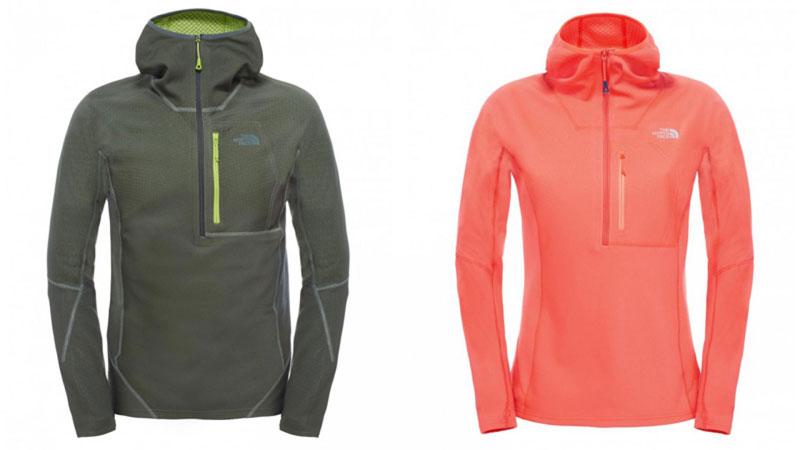
It is usually made from a fleece-type material. They are sold for both legs and upper body but we only believe an upper body second layer is necessary. It is very lightweight allowing for easy movement when trekking. They are also warm but still breathable and well-priced.
Third layer
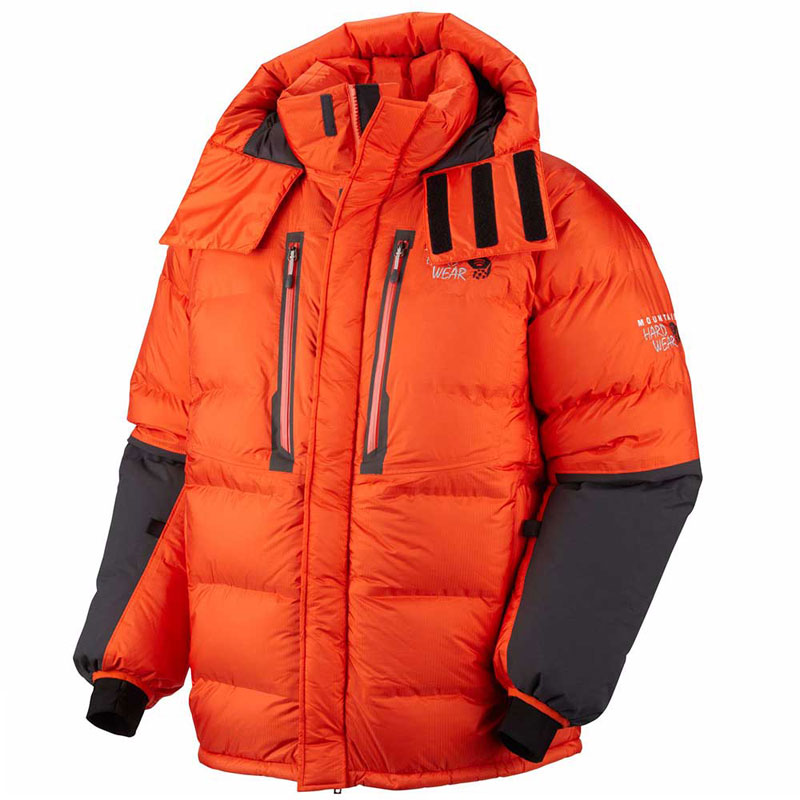
This layer includes a warm and waterproof jacket, as well as trousers, also called the outer core layer. These are used for higher altitudes of the trek. If the weather gets very cold and/or rainy, it offers protection.
Trekking Trousers and Shorts
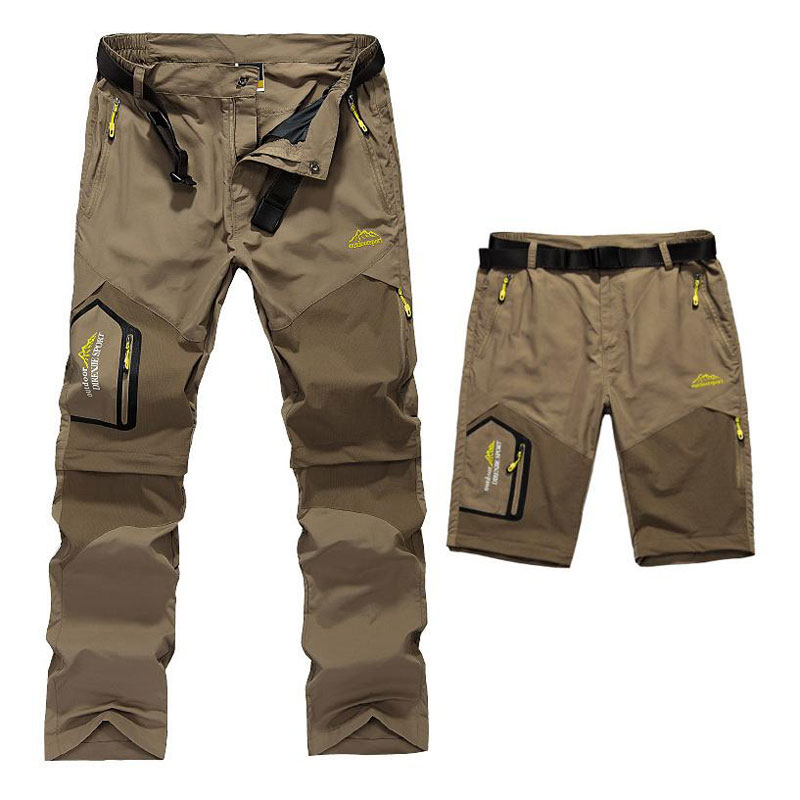
It is suitable for hiking or any other purpose too. There are many good trekking trouser brands, including Crag Hoppers trousers, Trespass trousers, and Columbia trousers. It helps for the lower or warmer stretches of the trek.
Trekking Shirts
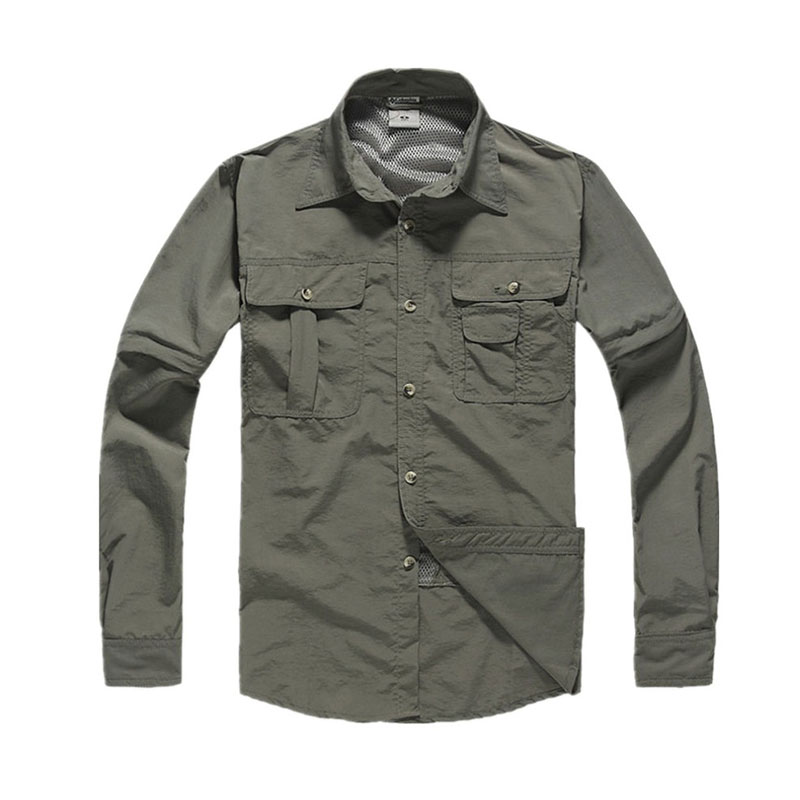
You will need around 5-6 shirts that will be worn on most days. The ideal fabric is an outstanding, lightweight, and quick-drying polyester, merino, or nylon which helps to keep it far from moisture. A combination of short and long sheath shirts is recommended.
Waterproof Shell Jacket
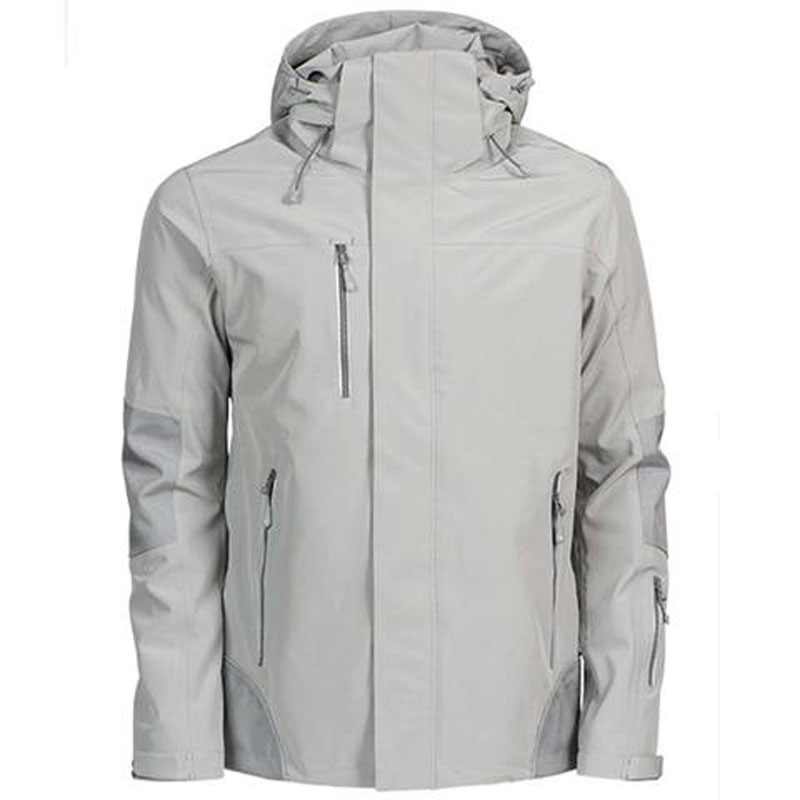
As general insurance, we recommend that you bring along some rain clothing, a hard shell jacket, and a north face to make really good waterproof gear. It consists of a multi-layer formula for waterproof protection, moisture permeability, and durability.
Underwear
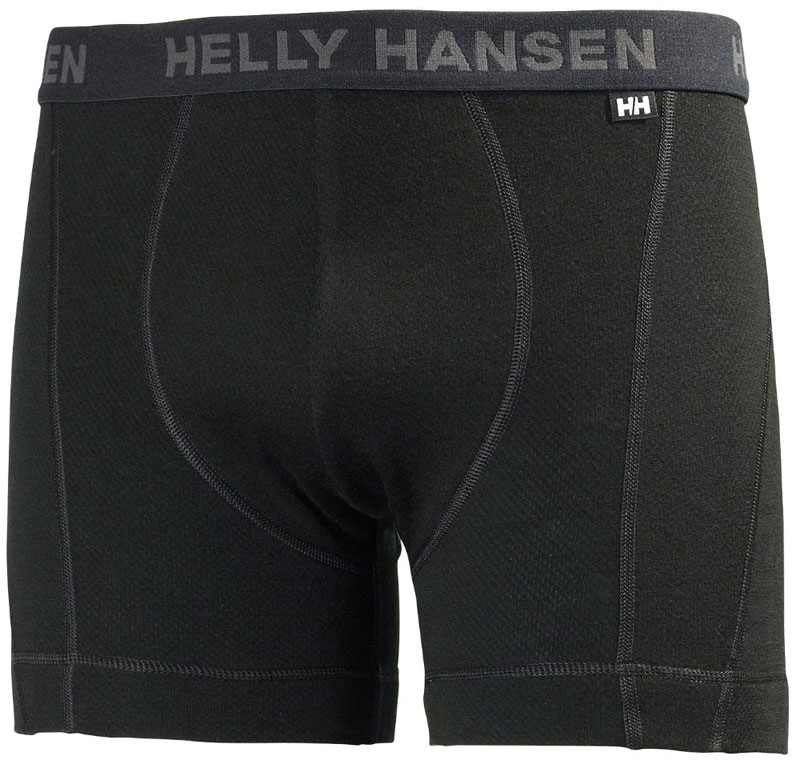
Underwear also needs to be breathable and moisture wicking so we recommend 5 pairs of sports underwear for men and sports underwear for women.
Headwear
Hat

You will need a good, wide peak trekking hat that offers protection from the sun. The best choices are lightweight, easy to pack and cover your neck.
Beanie
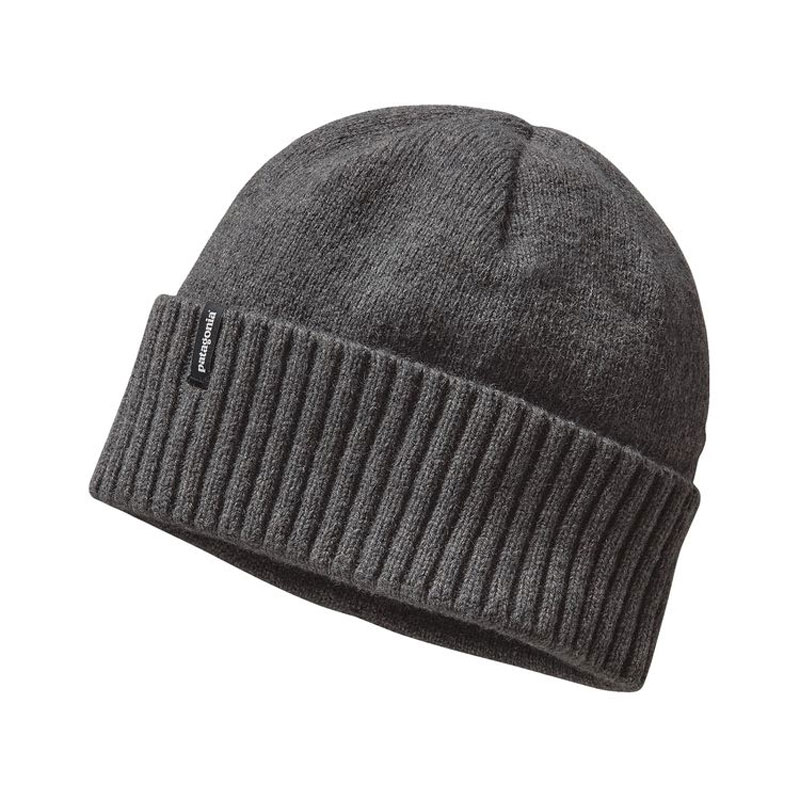
A beanie is a must when you get closer to the Everest base camp, especially at night time. North Face Beanie and Berghaus Beanie are some of the great beanies that protect your head and ear from cold.
Neck Gaiter
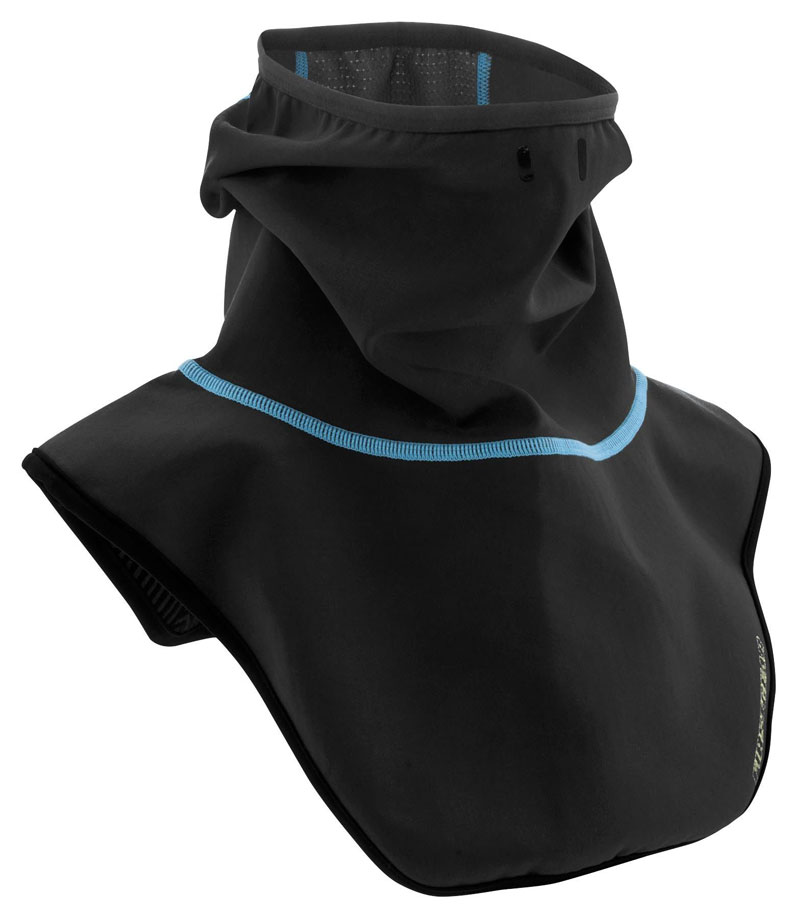
It will keep your neck and face warm while also preventing the infamous Khumbu cough as you breathe in the old mountain air.
Gloves
Inner Gloves
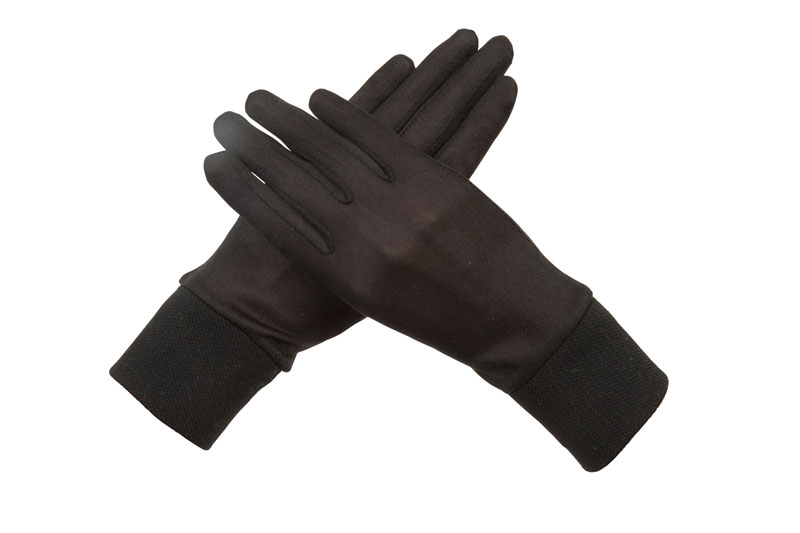
Light inner gloves can be used when the temperature is moderate. It is better than others as it performs intricate tasks such as tying shoelaces.
Outer Insulated Gloves
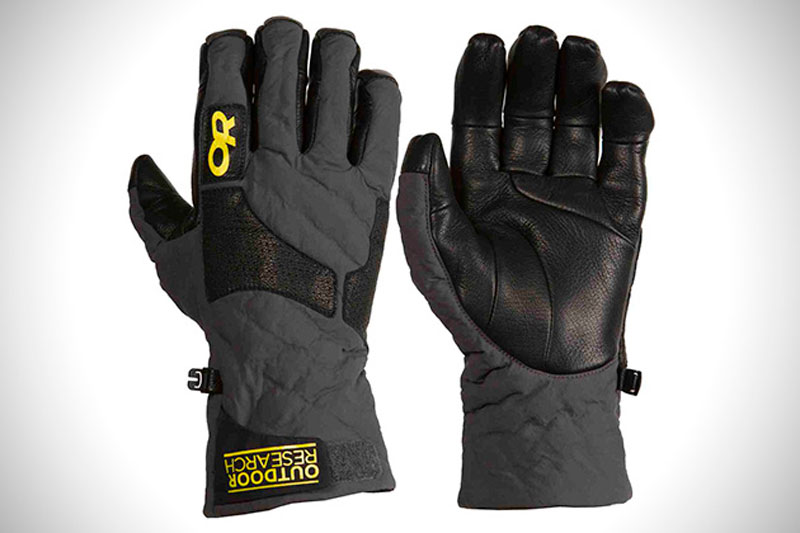
It must be warm, waterproof, and durable. It keeps your hands toasty when in sub-zero temperatures.
Footwear
Hiking Boots
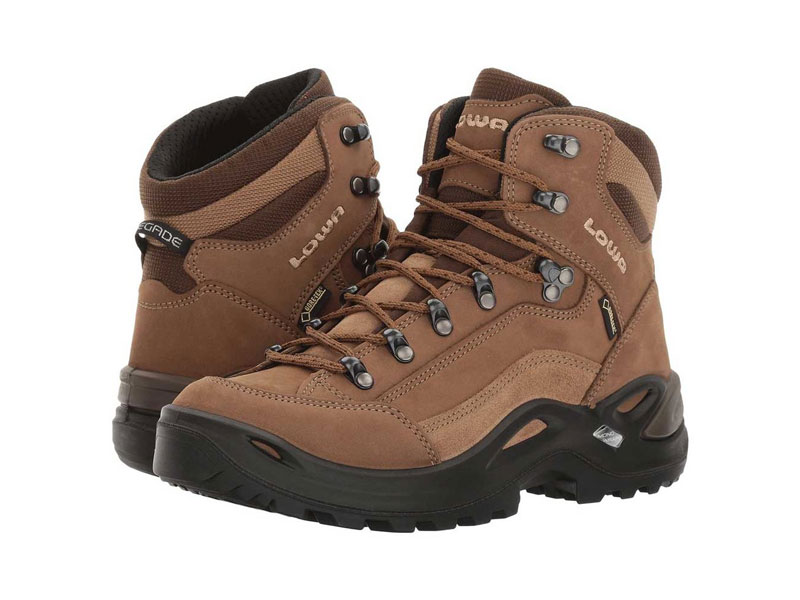
Especially middle to lightweight hiking boot that offers ankle support and that has waterproof uppers. It allows your shoe to grip uneven surfaces and protect you on downhill slopes.
Trekking Shoes/ Sandals
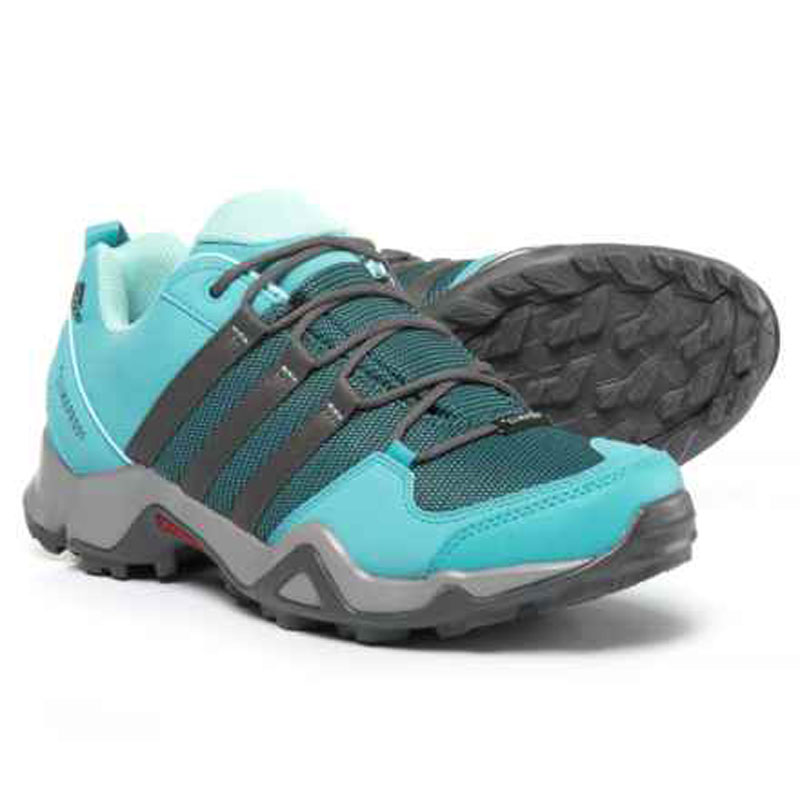
You would need a lightweight and suitable pair of shoes and sandals to wear around the tea house after trekking every day.
Hiking socks
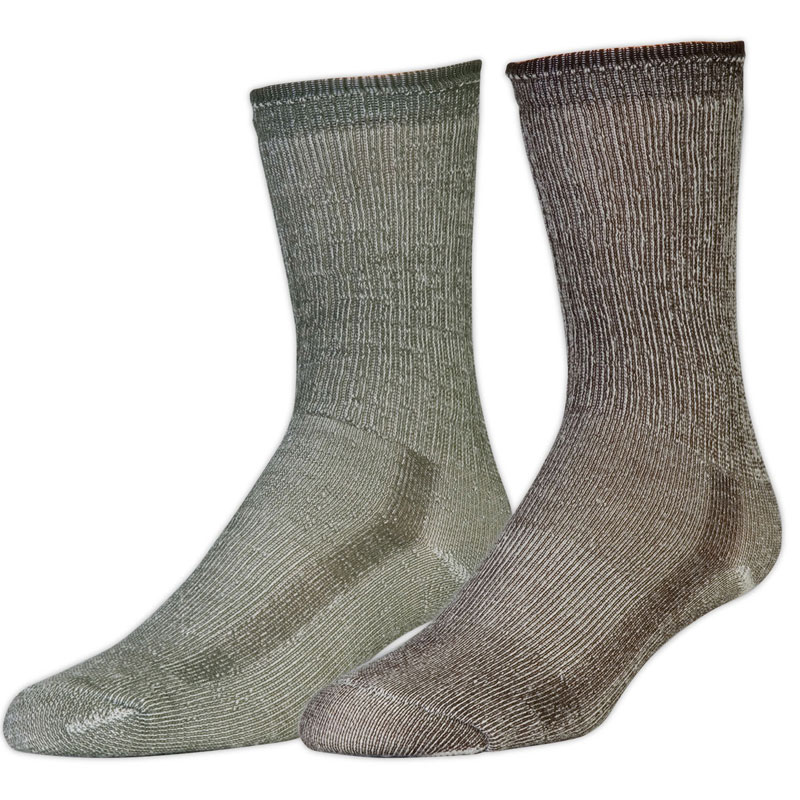
Good hiking socks should be breathable and moisture-absorbing, so don’t choose anything made from cotton. Merino wool is our chosen material for trekking socks.
Warm Thermal socks
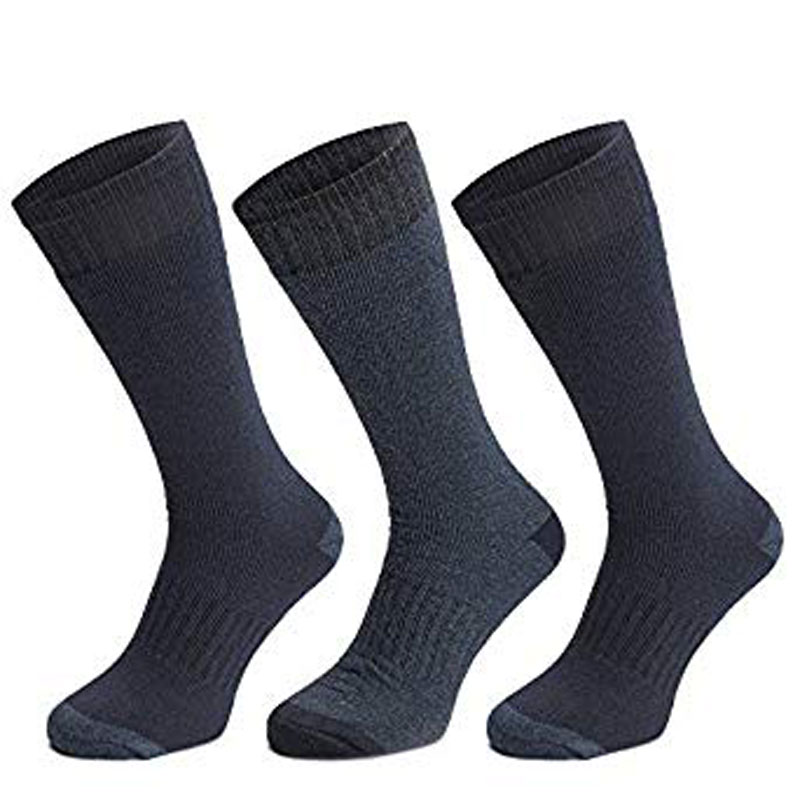
Thermal socks are slightly thicker than standard trekking sock which is used for colder condition. It has poor heat conduction, which causes them to heat up or cool down unevenly.
Gaiters
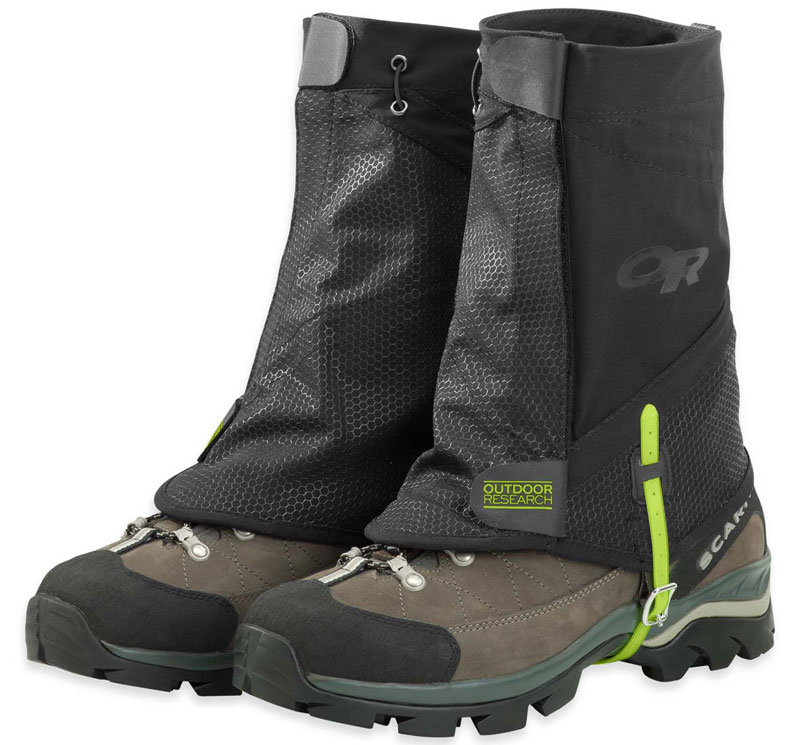
Gaiters cover the ankle-high opening to your boots and are designed to prevent water, mud, rocks, and anything else from getting into them.
Bags and Backpacks
Duffel Bag
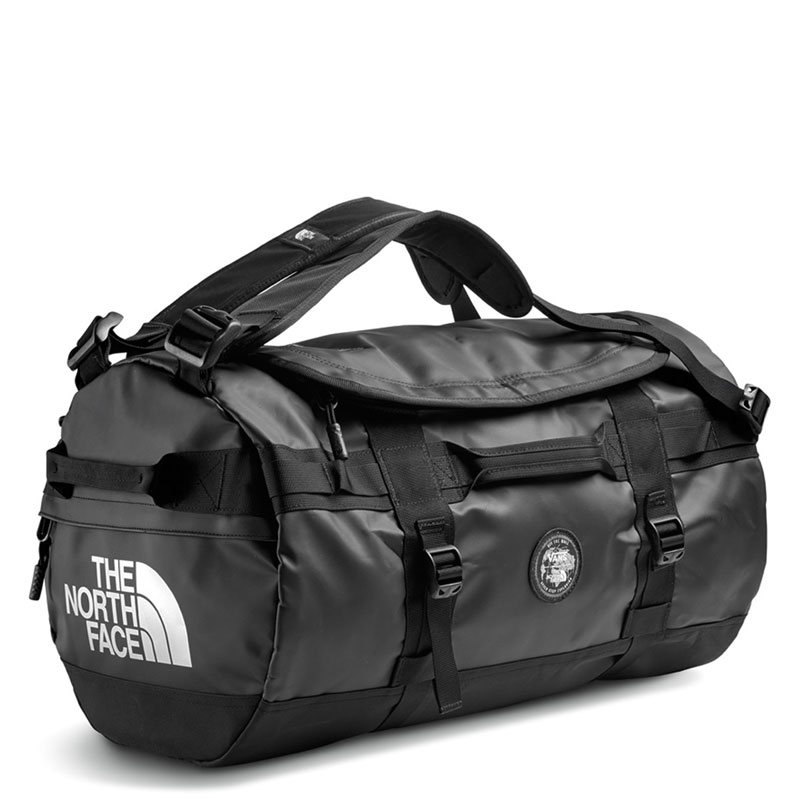
A duffel bag is perfect if your gear is going to be carried by porters. Your duffle bag should be waterproof, long-lasting, and lockable.
Backpack
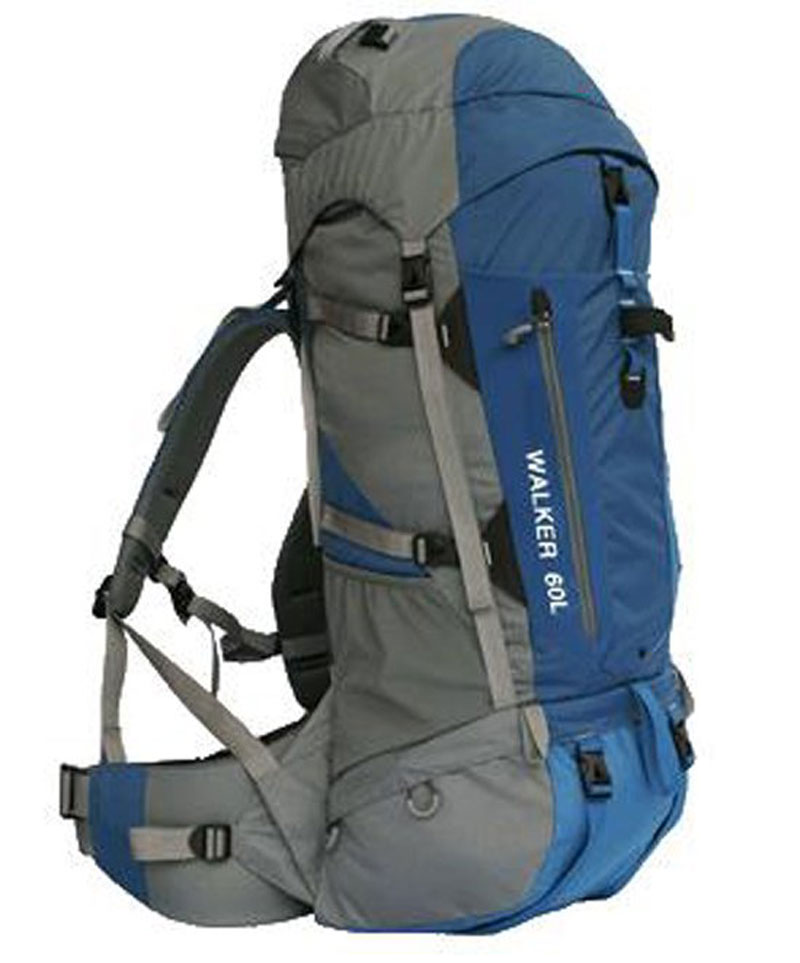
If there are unavailable porters on your trek, a good backpack with an opening at the top will be needed. Any backpack that is 50-65L from either Osprey or Black Diamond should be perfect.
Daypack
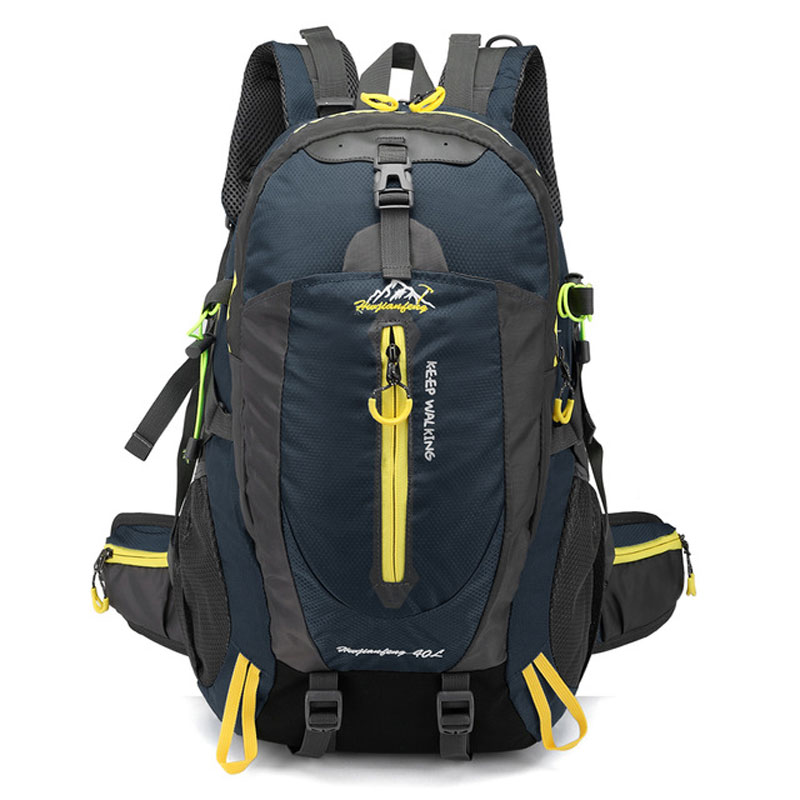
On the trek, you will still need something small to carry rain gear, a camera, snacks, hats, and other personal items or anything that you will want to have entrée to on the trek.
Rain cover
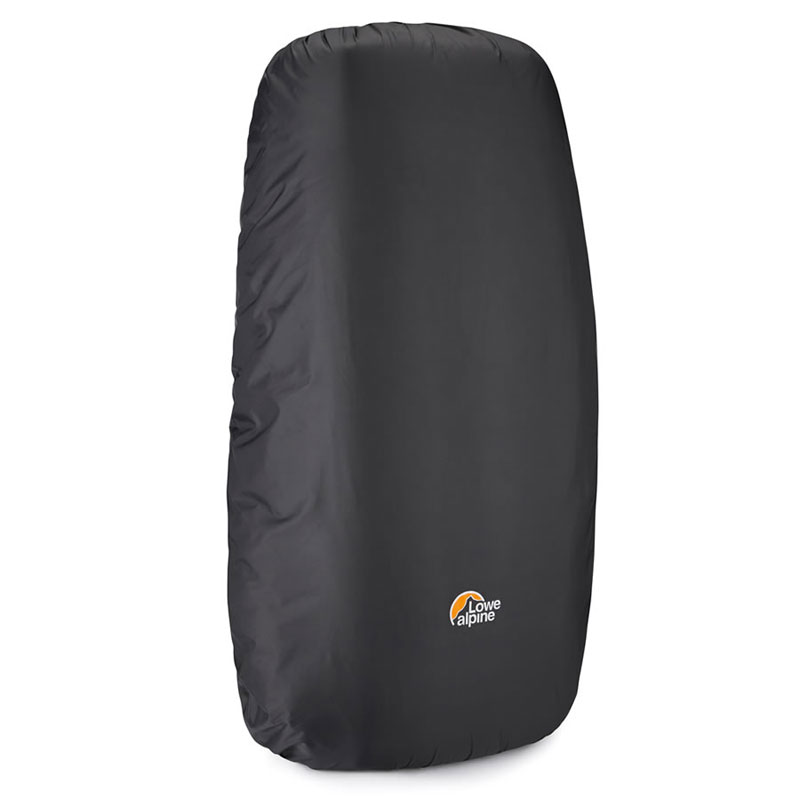
You should also invest in a rain cover for your backpack or daypack. They have an elastic-type drawcord around the outside which can be adjusted using a cord lock fastener. It keeps your gear dry on a very wet day or a rainy day.
Dry Bag
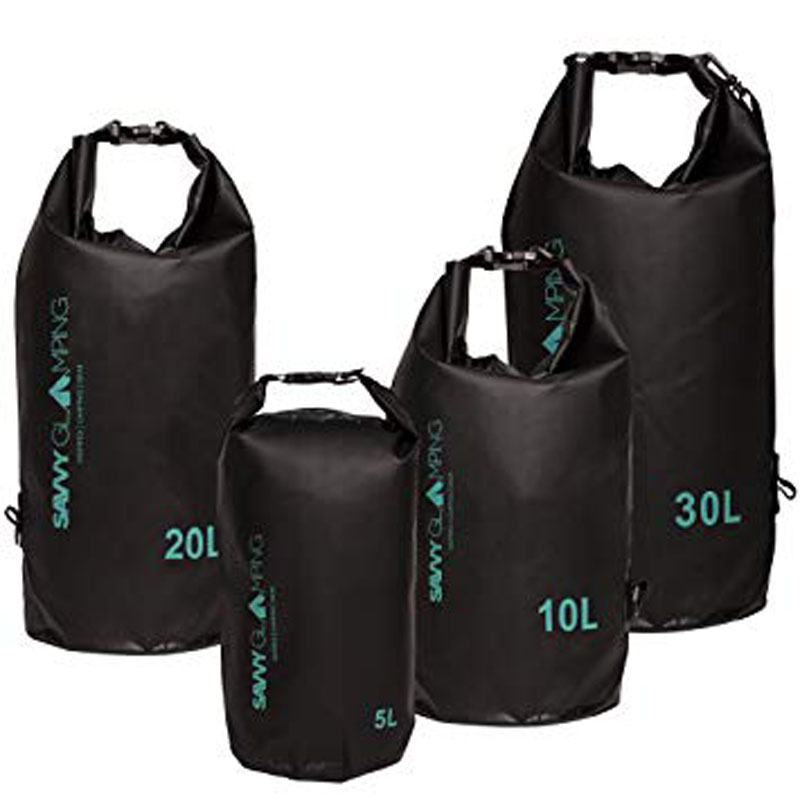
These types of bags can fit easily inside a duffle, are waterproof, and can simply double as a source separator for clean as well as dirty clothes.
Now, you might think that these many bags, and who would carry them, cause you alone cannot. But the solution is with us. The superhuman porters that Himalayan Scenery Treks & Expedition provides are better than anyone to carry your bags. We suggest that you just carry your backpack with the dry bag and a small backpack inside of it. The duffel bag with your other essentials will be carried by your porter throughout the way. These porters are already assigned by us whenever you book your trip.
Sleeping Gear
Sleeping Bag
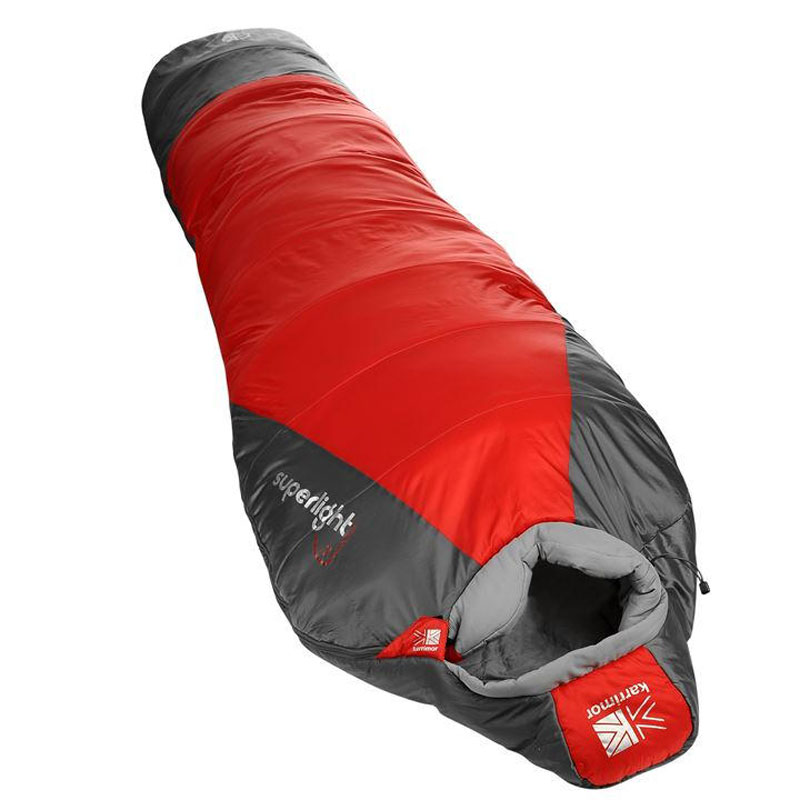
The sleeping bag is another acute part of the gear. The hotels through the route usually provide basic sleeping facilities with blankets but they are generally not clean and certainly not warm enough. Anywhere you can sleep with the sleeping bag. The best sleeping bag is generally made from duck or goose down.
Liner
It helps to reduce the dust and grime that settle inside the sleeping bags. It makes it comfortable, hygienic, and fit for use. It also helps to adjust the warmth without having to lug a heavily-stuffed.
Ear Plugs
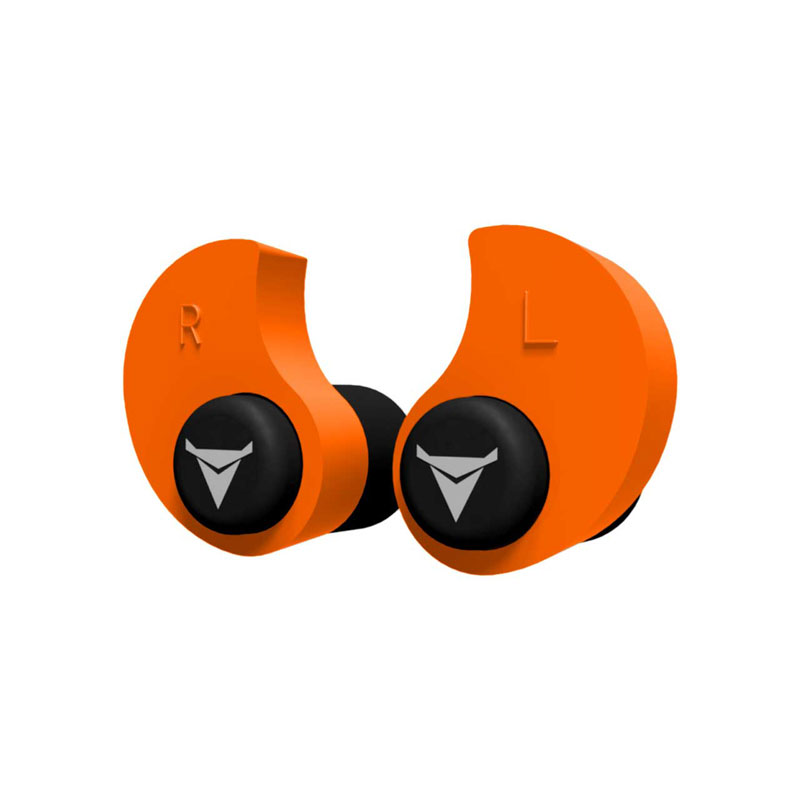
Earplugs are a good idea if you are a lighter sleeper. If you hate the snoring of fellow adventures then it easily helps to fall asleep.
Poles and Headgear
Trekking Poles
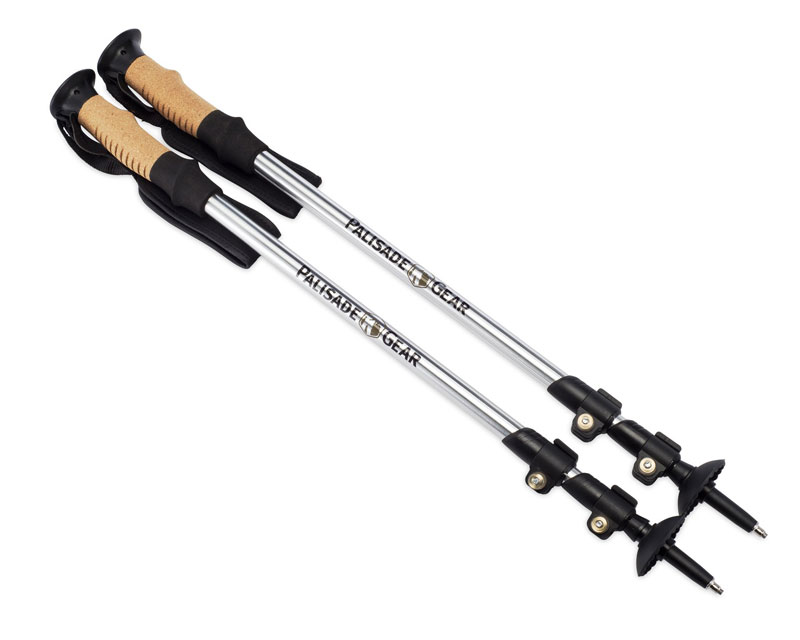
The use of trekking poles reduces the impact and stress on your joints. With the basic position required by the poles, circulation is improved and the heart rate is reduced.
Sunglasses

Ultraviolet-protecting sunglasses are necessary due to the higher strength of ultraviolet at altitude and the brightness from snow-covered peaks as you approach Everest Base Camp.
Headlight
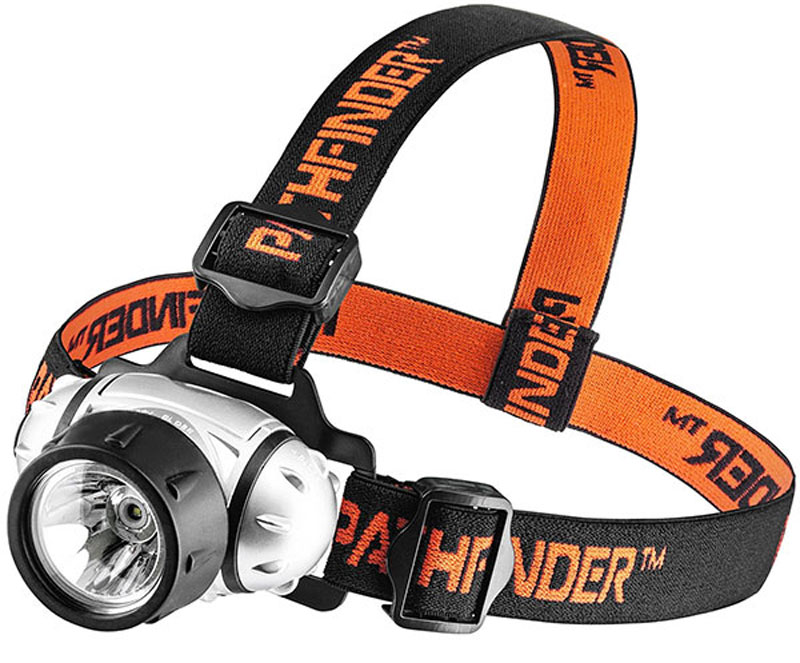
With a headlight, you can safely traverse the nighttime trial. When you're in camp or you want to light up a broader area of your close surroundings instead of focusing on the path far ahead, the matching proximity LEDs create a substantial pool of light.
Miscellaneous Accessories
Water Bottle/Hydration Bladder

As dehydration contributes to altitude-related sicknesses, proper hydration is vital on the trek. You should aim to drink between 2-3L of water a day. Some people like water bottles, but we prefer water bladders which fit snuggly into the back of most daypacks
Towel
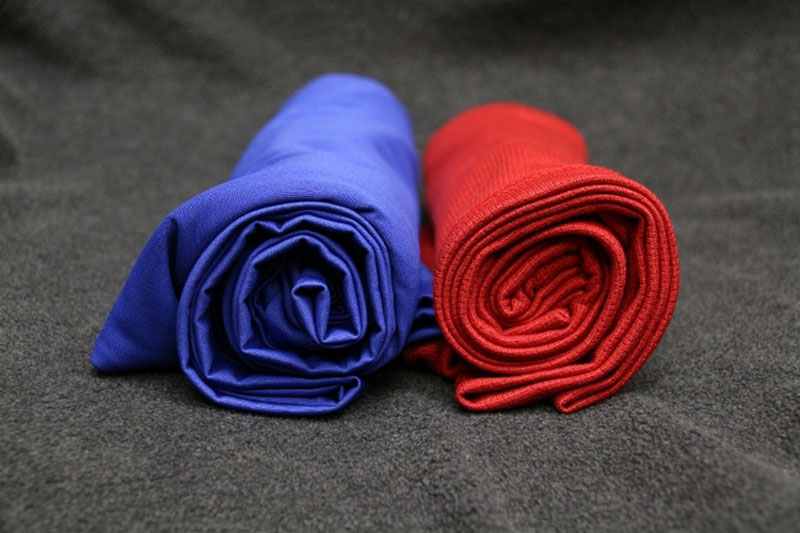
A fairly small towel is useful for drying yourself after a wash. Quick-drying trekking towels are recommended.
Technology and Entertainment
Camera

You need a good camera to remember your memories in the Himalayas.
Through the camera, you will have amazing mountain scenery in the Everest region. But make sure to carry lightweight lenses if you're carrying a few. But our Himalayan Scenery Treks and Expedition Photographers and Videographers suggest that it is better to carry the camera with one kit lens and one mini-tele lens which becomes lightweight.
Also, check, Mount Everest Helicopter Tour from Kathmandu
Portable Charger
If you are bringing electronic items like a phone, or a camera then a USB charger is highly recommended. But the more you elevate from Namche, the hotels usually do not use hydropower for electricity. So, usually, the hotels will charge you a separate fee for the charging. Thus, we recommend that you carry your own power bank, which will give you enough battery backup.
Books
In my free time, especially at night time, easily pass the time along with the words of the book with the beautiful Himalayas.
Cards
No trekking trip is complete without a set of cards. It is one of the easiest ways to pass the time. We highly recommend bringing cards.
Passport/Money
Don’t forget to keep travel documents such as your passport and visa. Draw plenty of cash because the last cash point is in Namche Bazaar.
Medications and Toiletries
Water Purification Tablet
There are various methods to purify water including boiling or treating with the iodine tablet. First, you need to make sure that all the water you drink on the Everest Base Camp trek is purified or not. It helps to keep your health healthy.
Isotonic Powder
By adding in drinking water, the isotonic powder helps to replace lost electrolytes and keep you fit and healthy.
Diamox
It is the most powerful medicine used to prevent the onset of Acute Mountain Sickness. It is a preventive medication and does not treat AMS.
Common Medicine
Some common medicines like paracetamol for headaches and Imodium for diarrhea.
First Aid Kit
If trekking with a trekking guide or groups, they will likely have sufficient first aid items, if not bring a first aid kit.
Sunscreen
It helps to defend against the signs of the sun and decrease the risk of skin cancer. It is formulated with helioplex for superior sun protection for your skin.
Plasters
For small cuts and blisters, especially for trekkers. Recommended 1 pack of regular competed for blister plasters and a pack of fabric plasters.
Oximeter
It helps to measure oxygen saturation directly through a blood sample and changes in blood volume in the skin, producing a photoplethysmograph. It gives you a spot to read on oxygen saturation and your heart rate.
Hand Sanitizer
It is very useful for a quick wash before eating. It helps to kill the most germs, just one spray of Hand Sanitizer kills as many germs.
Toiletries
Toiletries such as travel toothbrushes, toothpaste, generic shampoo, a bar of soap as well as spools of toilet paper. In such an emergency, these toiletry items help you while going trekking.
